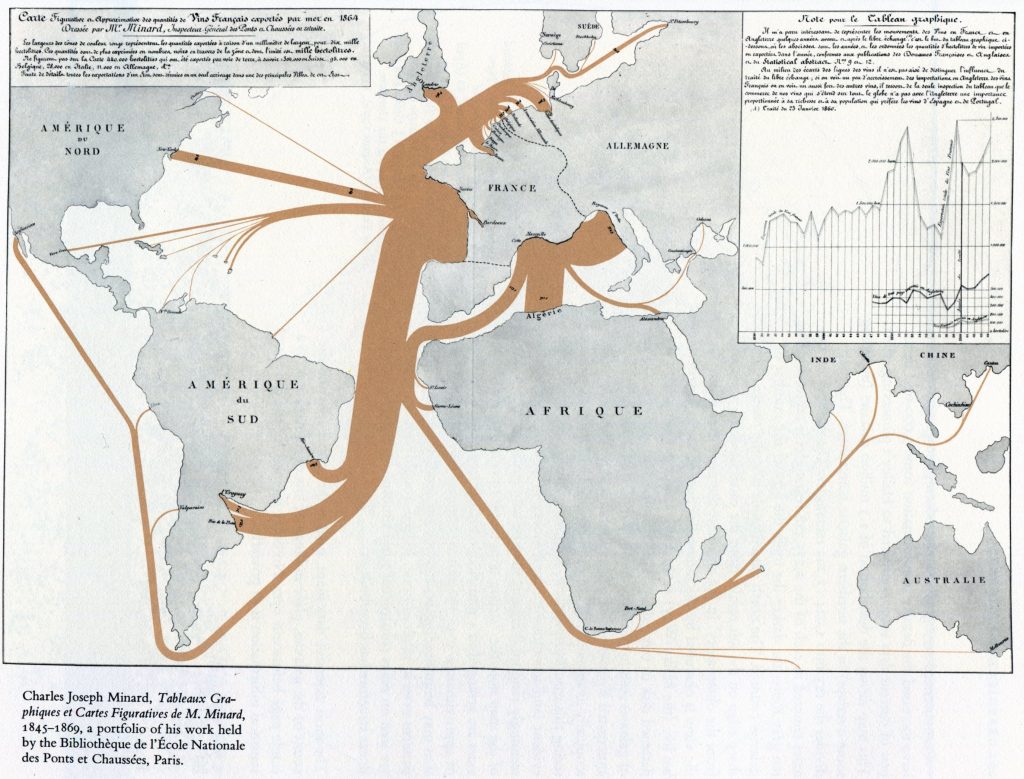Context:
London, East of Greenwich, is a landscape of continual spatial transformations, shifting infrastructures and unexpected adjacencies. It is a loosely planned patchwork of declining industries, vast distribution centres, residential neighbourhoods, resistant ecologies and individual narratives. This landscape unfolds eastwards along the Thames River, from Greenwich towards the limits of Greater London. It has long been a marginal part of the city, where individual lives and public acts have been overshadowed by a momentum to serve the city through energy, water and waste infrastructures and networks of military power, international trade and regional distribution. London, East of Greenwich, is downstream from the city of which it is a part but has been far-removed from the image of London, as a global capital and tourist destination.
Projects:
The aim of the project is to reimagine this disparate landscape of South East London, from Greenwich to Woolwich. Projects will speculate on future infrastructures, formed through actions and processes, and which will redefine the relationships between people and the city. Site-specific projects will explore the regional rail networks, distribution centres, super-sewers, nature reserves, pedestrian streets and river networks which compose this landscape, in the context of historic highways, river crossings, sewage works and military barracks. Through investigating the spaces and processes which constitute this edge of London, propositions for new actions, interventions and infrastructures will be formed.
Proposals will consider the interrelation between individual sites of social, ecological and spatial acts and the larger infrastructural networks. They will repurpose existing, deteriorating or defunct networks or they will set out new strategic actions to form new urban infrastructures. Inventive ways of working will be employed to project futures that consider the unstable processes designing and making urban landscapes. Projects will enquire: how can small social, spatial and ecological actions find presence in and inform this vast landscape? What is the purpose of infrastructures in today’s London? Can emerging infrastructures be aggregated from the scale of these actions? And will these futures be planned as permanent and material forms or will they be spontaneous and fleeting events?
See some of the work of the students on The Landscape.
